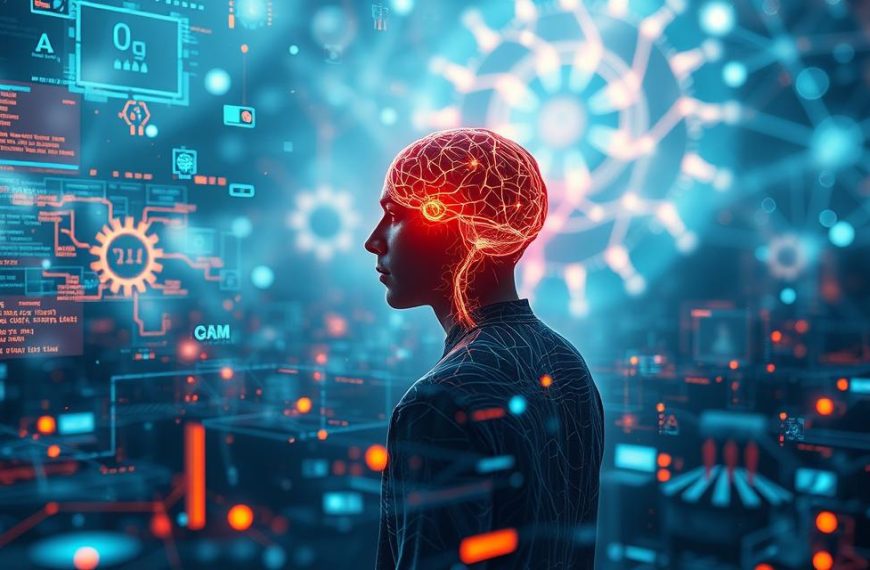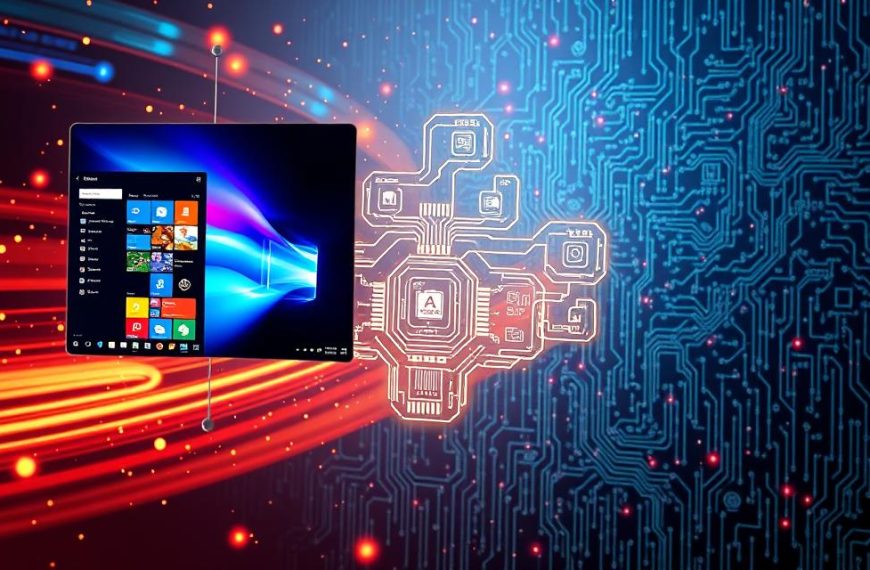Digital technology has transformed our daily lives. It’s created unprecedented connectivity, blurring lines between personal and digital spaces. Adults now spend seven hours daily in digital environments, raising questions about tech addiction1.
Digital dependence goes beyond convenience, suggesting deeper psychological engagement. Since 2000, behavioural addictions have increased dramatically. This trend shows a complex interplay between genetics and environment in tech addiction1.
Our digital world offers unlimited access to pleasurable activities. This creates a unique environment for compulsive behaviours. People now check their smartphones multiple times per hour1.
Digital platforms provide instant gratification. This gradually reduces our capacity for delayed gratification and emotional resilience1.
Digital dependence has spectrum-like characteristics. Clinical intervention is needed when tech use significantly disrupts life. The challenge is distinguishing healthy tech use from harmful addiction patterns1.
Understanding the psychology behind tech addiction is crucial. Digital interactions release dopamine, creating a neurological reward system. This perpetuates continued engagement, making digital dependence a complex psychological issue1.
Understanding Digital Dependence in Modern Society
Digital technology has transformed our daily lives, creating complex relationships with our devices. It’s brought remarkable benefits and challenges in maintaining healthy tech habits23.
Technology use has become pervasive, affecting personal and professional interactions. About 1 in 8 UK adults experience behavioural addiction related to digital platforms3.
This digital dependence manifests through various behaviours. It can significantly impact mental and physical well-being.
The Evolving Landscape of Digital Technology
Digital technology has progressed remarkably. Research on digital dependence has expanded from 3 to 17 countries over the past decade2.
Key indicators of this growth include:
- Increased measurement scales for digital dependence
- Expanded research participation
- Greater understanding of technological impact
Defining Healthy Technology Usage
Healthy tech habits involve mindful, purposeful engagement with digital devices. Digital dependence, however, represents compulsive and uncontrolled usage4.
Impact on Daily Routines
Digital dependence can significantly disrupt daily life. The average UK internet user spends about 2 hours 24 minutes daily on social media3.
This consistent digital engagement can lead to:
- Reduced productivity
- Altered social interactions
- Potential mental health challenges
Managing digital dependence is crucial in our connected world. Recognising signs and implementing balanced tech use can help maintain well-being4.
Has Technology Become a New Addiction?
Digital technology has revolutionised our lives, yet it’s sparking worries about addiction. Researchers are probing whether our devices create a new behavioural dependency. This mirrors digital addiction patterns similar to traditional addiction models5.
Evidence points to a growing issue. Teens spend an average of 8.4 hours daily on screen-based tech. About 45% of teenagers report being online almost constantly6.
- Online videos are consumed by 77% of teens
- Social media engagement reaches 62% of teenagers
- 60% believe excessive technology use is a significant generational challenge6
Tech addiction works through various psychological triggers. Dopamine release, social validation, and FOMO drive compulsive digital use. The WHO has classified gaming disorder as a mental health condition6.
New studies show significant risks. Excessive tech use can lead to anxiety, depression, and disrupted sleep. Professional help and family support are vital in tackling these issues57.
The Science Behind Digital Dependency
Digital tech has changed how our brains process rewards. The link between tech and brain function reveals insights into dopamine and addiction8.
Dopamine’s Role in Tech Addiction
Dopamine reinforces addictive digital behaviours. Our brain’s reward system can be hijacked by tech, creating a cycle of compulsive device use8.
Teens are especially at risk. Half of them report being addicted to mobile devices8.
Neurological Changes from Screen Time
Too much screen time changes the brain. It can alter brain structure and how we think9.
Digital health research shows potential long-term effects9.
- Multitasking reduces cognitive performance
- Social media use correlates with increased anxiety
- Intermittent device checking mimics gambling behaviours
Health Implications of Digital Dependency
Tech addiction can harm physical and mental health. Too much screen time can hinder proper development8.
Internet Addiction Disorder affects 1.5% to 8.2% of people worldwide9.
The addictive pattern progresses from intermittent use to potentially consequential engagement.
Cognitive-behavioral therapy can help manage screen time effects. It shows promise in reducing digital dependency9.
Common Signs of Technology Dependence
Tech addiction signs are vital for understanding digital dependence symptoms. About 30% of users show compulsive behaviours like constant email and social media checking10. Nearly 45% struggle to stop checking their phones, indicating an inability to control device usage10.
Tech dependence can affect personal relationships and mental health. Around 25% feel restless when trying to reduce internet use10. Teens are at risk, with frequent tech use causing mood and social issues11.
A whopping 60% of users lose track of time online10. This suggests a chronic problem with digital engagement. About 20% report being preoccupied with being online10.
Some use technology to escape personal problems10. Increased social media use is linked to higher depression risks11. These patterns reveal deeper psychological issues related to tech addiction.
If you’re experiencing these symptoms, seek professional help. Mindfulness and targeted interventions can help manage tech dependence12. Awareness and proactive management are crucial for healthy digital habits.
FAQ
What is technology addiction?
How prevalent is digital dependence in modern society?
What are the primary neurological mechanisms behind technology addiction?
Can technology addiction affect mental health?
What are the common signs of technology dependence?
How does technology addiction differ from other behavioural addictions?
Are certain demographics more susceptible to technology addiction?
What strategies can help manage technology dependence?
How does excessive screen time impact brain structure?
Is technology addiction recognised as a formal medical condition?
Source Links
- https://www.theguardian.com/global/2021/aug/22/how-digital-media-turned-us-all-into-dopamine-addicts-and-what-we-can-do-to-break-the-cycle
- https://pmc.ncbi.nlm.nih.gov/articles/PMC10161397/
- https://www.ukat.co.uk/blog/society/addiction-in-the-digital-age-the-new-epidemics/
- https://omegarecovery.org/the-dark-side-of-technology-understanding-digital-addiction/
- https://www.sydney.edu.au/brain-mind/our-research/technology-addiction.html
- https://www.embarkbh.com/blog/technology/what-is-technology-addiction/
- https://www.nightingalehospital.co.uk/technology-addiction/
- https://childmind.org/article/is-internet-addiction-real/
- https://pmc.ncbi.nlm.nih.gov/articles/PMC3480687/
- https://www.nm.org/conditions-and-care-areas/behavioral-health/technology-overuse-and-addiction
- https://www.hazeldenbettyford.org/articles/teen-technology-addiction
- https://www.psychiatry.org/patients-families/technology-addictions-social-media-and-more/what-is-technology-addiction









